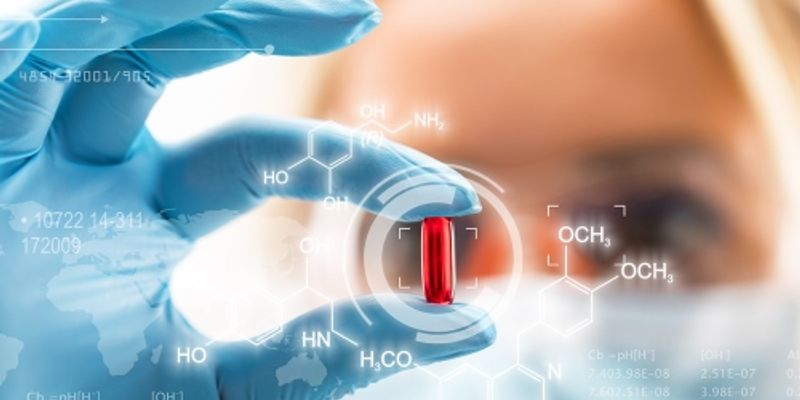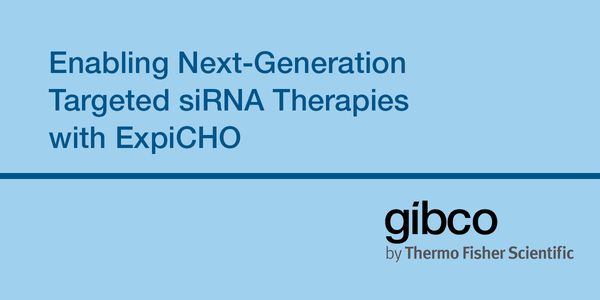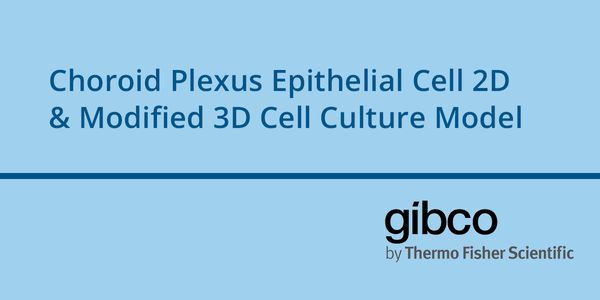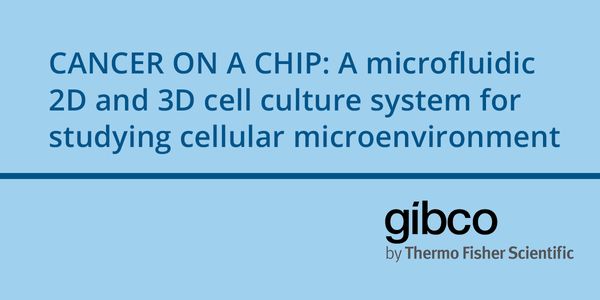Drug Development
Drug development: describes the process of developing a new drug that energetically targets a specific weakness in a cell. The process consist of bringing a new pharmaceutical drug to the market once a lead compound has been identified through the process of drug discovery.
-
AUG 29, 2019 | 9:00 AMDATE: August 29, 2019TIME: 9:00am PT/ 12:00pm ET Monoclonal antibodies (mAbs) are a cornerstone of modern biomedical research and biotherapeutics. Therefore, reproducibly obtai...DNA profiling tools to teach undergraduate students about forensics generally utilize the PV92 Alu and D1S80 VNTR markers, but are both limited in scope. In contrast, advanced profiling syste...
Contemporary law enforcement has greatly expanded its ability to solve crimes by the adoption of advanced forensic techniques, electronic monitoring and new approaches in crime scene procedur...
The incidence of conditions such as diabetes, obesity, asthma, and cancer have increased substantially in the past 30 years. The human genome has not changed in that period of time, so the en...
Prediction of human response to chemical exposures is the primary challenge of pharmaceutical and environmental toxicology research. The complexity of human responses to xenobiotic exposures...
AUG 15, 2019 | 9:00 AM
DATE: August 15, 2019TIME: 9:00am PDT, 12:00pm EDT Radiation therapy is a critical tool for the treatment of brain tumors, however, exposure to high doses of ionizing radiation...
AUG 14, 2019 | 9:00 AM
DATE: August 14, 2019TIME: 9:00am PT. 12:00pm ET Implementation of Lean Methodology in Biobanking Operations to standardize sample management processes is effective. Each proce...
JUL 31, 2019 | 9:00 AM
DATE: July 31, 2019TIME: 9:00am PT, 12:00pm ET The choroid plexus, which makes up the blood-cerebrospinal fluid barrier in the central nervous system (CNS), lines the ventricle...
JUL 30, 2019 | 6:00 AM
DATE: July 30, 2019TIME: 6:00am PT, 9:00am ET The current version of the EMA Guideline for the environmental risk assessment of human drugs was published in 2006. This guidance...
JUN 27, 2019 | 9:00 AM
DATE: June 27, 2019TIME: 9:00am PDT, 12:00pm EDT At present cancer research focuses on three major areas viz. cancer diagnostics, drugs development, and next-generation therapi...
Tumor heterogeneity is a hallmark of cancer and can have significant impact on identifying drivers, including those that may be therapeutically relevant. Although, the traditional sequencing...
The practice of precision medicine utilizes advanced diagnostic tools to identify specific groups of patients on the basis of particular molecular characteristics, and guide their treatment w...
Speaker:
David Hout, PhD
, Benjamin Chaffey, PhD
The long term goal of our collaborative effort is to bring precision medicine to the practice of veterinary oncology, using the wealth of genomic data gathered in human cancers as a roadmap....
Speaker:
Duane Hassane, PhD
, Guannan Wang, PhD
In this presentation, Dr. Kothari will provide an overview of the Precision Medicine Initiative from NIH and how NGS technologies have helped the researchers to look deep inside the human tra...
























